Historical Perspectives on Orchids
Orchids have a rich and varied history that dates back millennia, captivating the hearts and minds of numerous civilizations across the globe. The earliest records of orchids can be traced to ancient China, where they were admired not just for their beauty but also for their medicinal properties. The Chinese considered orchids a symbol of integrity and refinement, often incorporating them into poetry and art, reflecting the plant’s esteemed status.
In ancient Greece, orchids were linked to fertility and virility, establishing a mythological connection that persisted for centuries. The word “orchid” itself is derived from the Greek word “orchis,” meaning testicle, a reference to the shape of some orchid tubers. As a result, these flowers were often associated with love and reproduction, which was enthusiastically embraced in Greek culture and mythology.
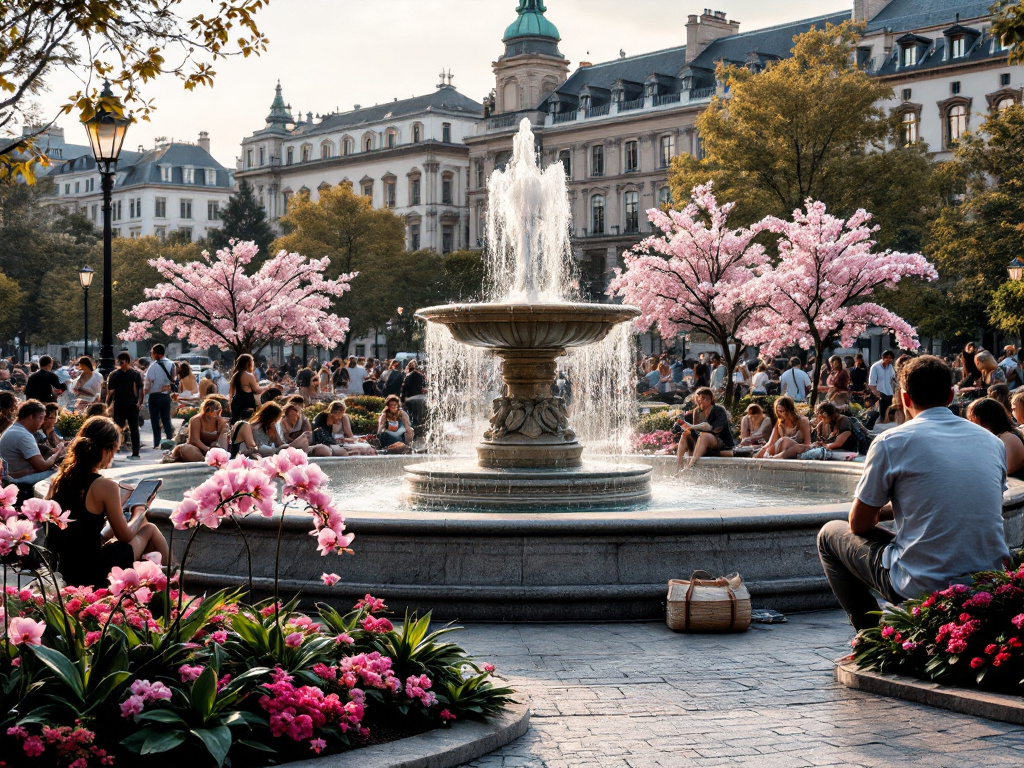
The trade of orchids began to flourish during the Age of Exploration when European botanists and collectors started to discover and document diverse species from the tropics. This led to a botanical frenzy in the 19th century, with collectors sometimes competing for rare varieties, leading to a surge in plant trading between countries, particularly between the East and West. The introduction of orchids into Western horticulture greatly influenced gardening styles, illustrating how these delicate blooms served as a bridge between cultural exchanges, further strengthening international trade relationships.
As orchids permeated global cultures, they were also imbued with symbolic meanings aligned with local traditions. In Victorian England, these flowers became synonymous with luxury and exclusivity due to their exotic origins and high prices, leading to their frequent representation in art and literature. Thus, through various historical contexts, orchids have evolved from mere plants to powerful symbols of beauty, wealth, and cultural significance, marking their impact across societies worldwide.
Orchids in Different Cultural Traditions
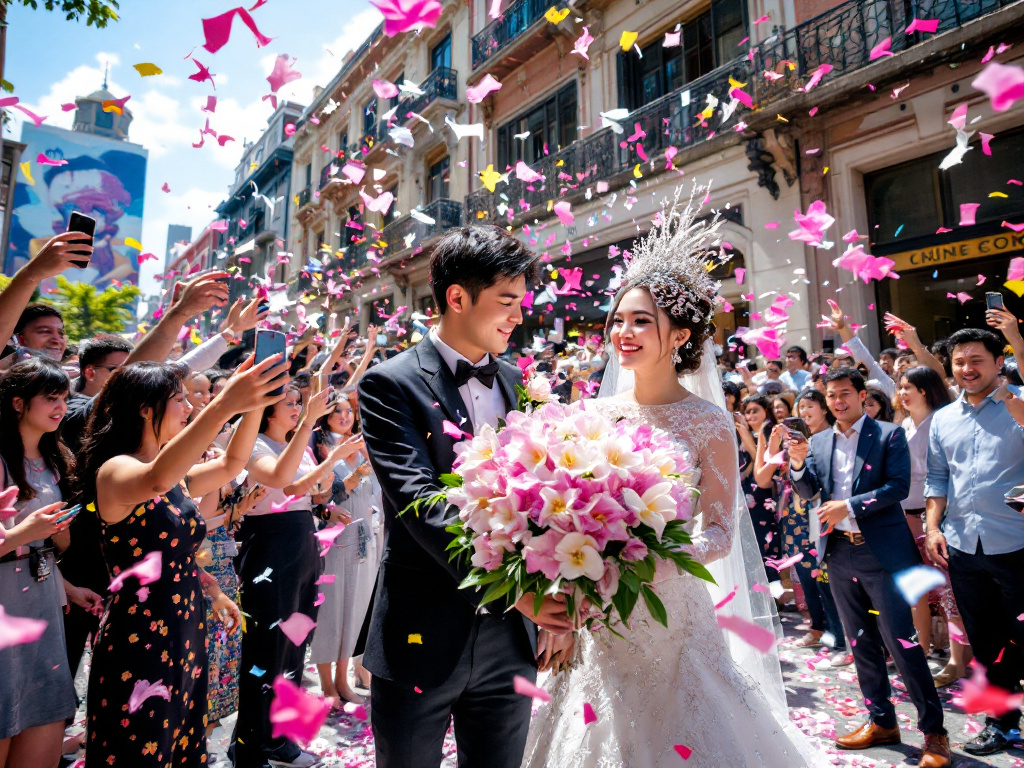
Orchids, with their intricate beauty and diverse forms, have inspired admiration and reverence across various cultures throughout history. In many societies, these striking flowers are not merely decorative; they hold deep cultural significance and are often woven into the fabric of important life events. For instance, in China, orchids symbolize love, refinement, and luxury, making them a popular choice in bridal bouquets and as gifts during important celebrations. The Chinese also associate these flowers with fertility and integrity, further emphasizing their revered status.

In Japanese culture, orchids play a vital role in the traditional art of Ikebana, where they are used to express harmony, balance, and a connection with nature. The subtle elegance of orchids resonates with the principles of this art form, highlighting the beauty that can be found in simplicity. Additionally, the rare and exotic nature of orchids has led to their use in spiritual and healing practices within various indigenous cultures, where they are believed to possess unique energies that can enhance personal well-being.
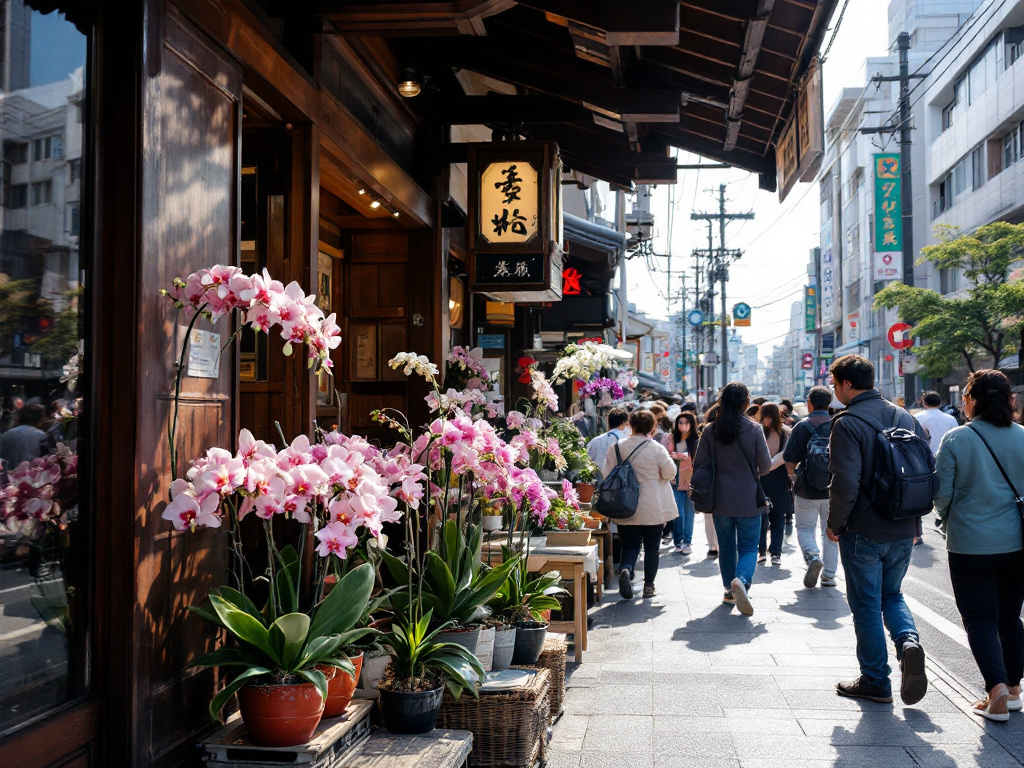
In the Philippines, the orchid species known as Vanda sanderiana has been declared the national flower. This reflects the deep appreciation for orchids that permeates Filipino culture, often represented in local art, folklore, and festivities. Throughout the country, orchids are not only admired for their beauty but also serve as symbols of beauty and moral integrity. In contrast, cultures such as those in the Americas have also honored orchids, viewing them as symbols of love and fertility in rituals and ceremonies.
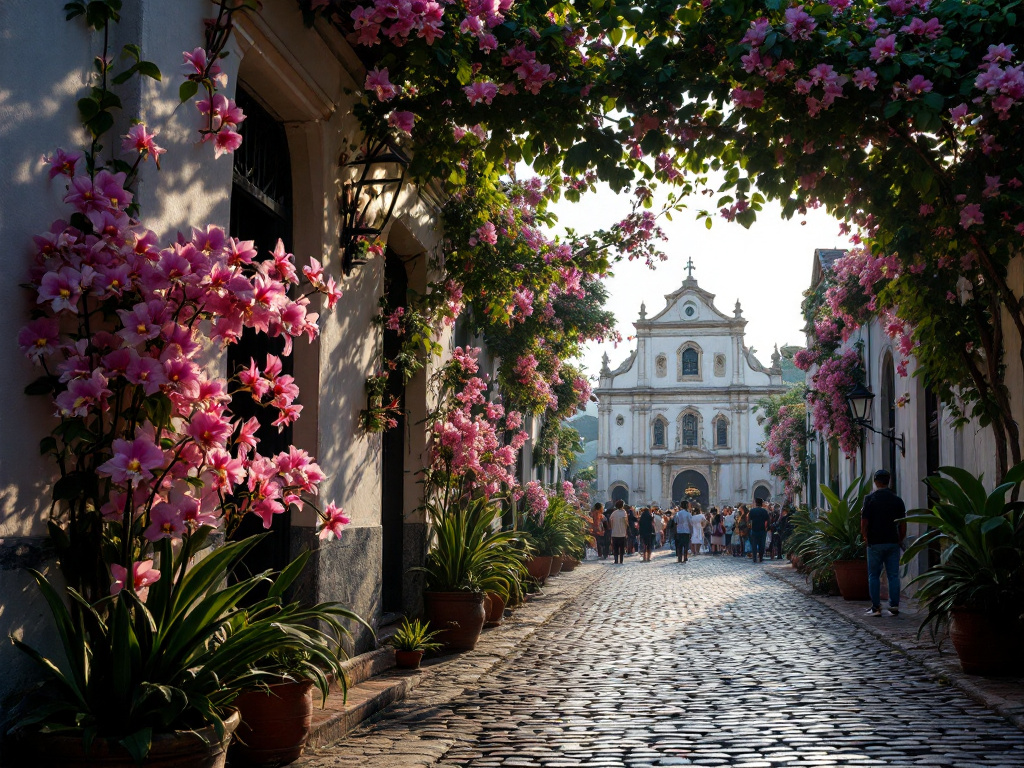
Many cultures have adopted orchids as important symbols in funerary practices where they represent eternal love and remembrance. The diverse meanings attributed to orchids illustrate their significant role across the world’s traditions, encompassing ideals of love, beauty, and spirituality. Thus, orchids continue to inspire and enchant, serving as a powerful reminder of the interconnectedness between nature and human experience.
Symbolism of Orchids in Modern Society
Orchids, once revered primarily for their exotic beauty, have evolved in their symbolism within modern society, reflecting both personal expression and broader environmental themes. Today, these flowers are celebrated not just for their aesthetic appeal but also for the deeper meanings they convey. In various contexts, orchids are associated with elegance, refinement, and unique beauty, making them a popular choice in branding and marketing strategies. Many companies leverage the allure of orchids to foster an image of luxury and sophistication, thus connecting their products with these potent symbols.
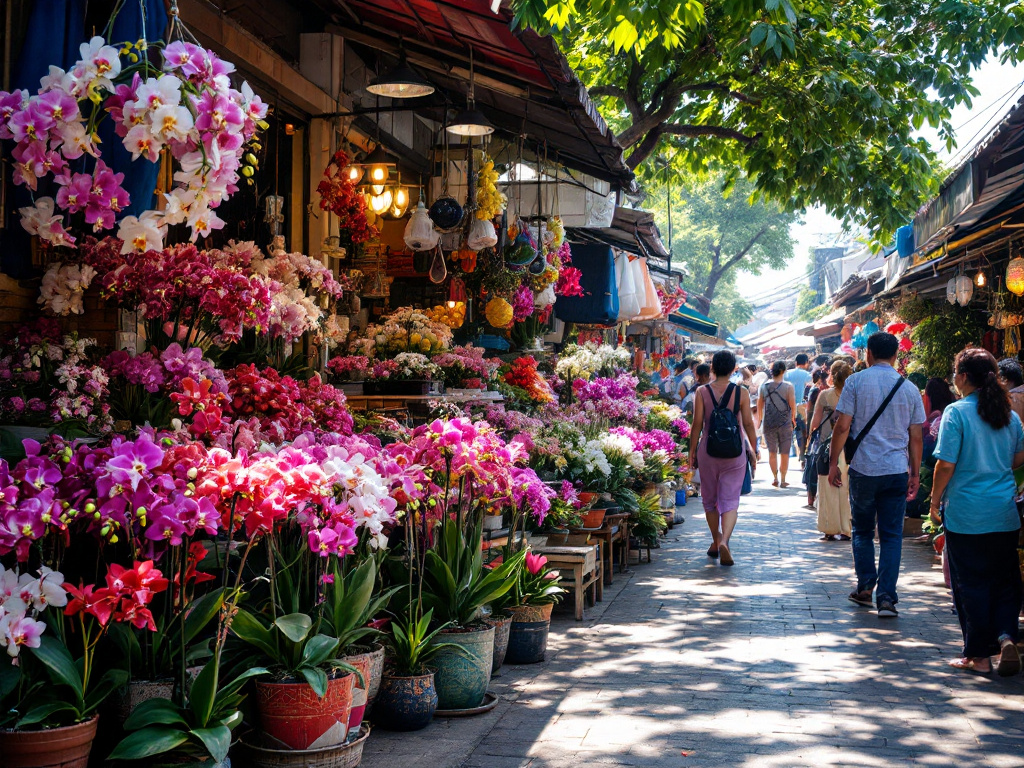
In the realm of floral arrangements, orchids have become symbols of delicate beauty and complex emotions. Their placement in personal celebrations such as weddings, birthdays, and memorials signifies profound sentiments, ranging from love and admiration to remembrance and respect. The versatility of orchids in arrangements allows them to convey messages that resonate deeply with individuals, enhancing personal expression and communication through floral language.
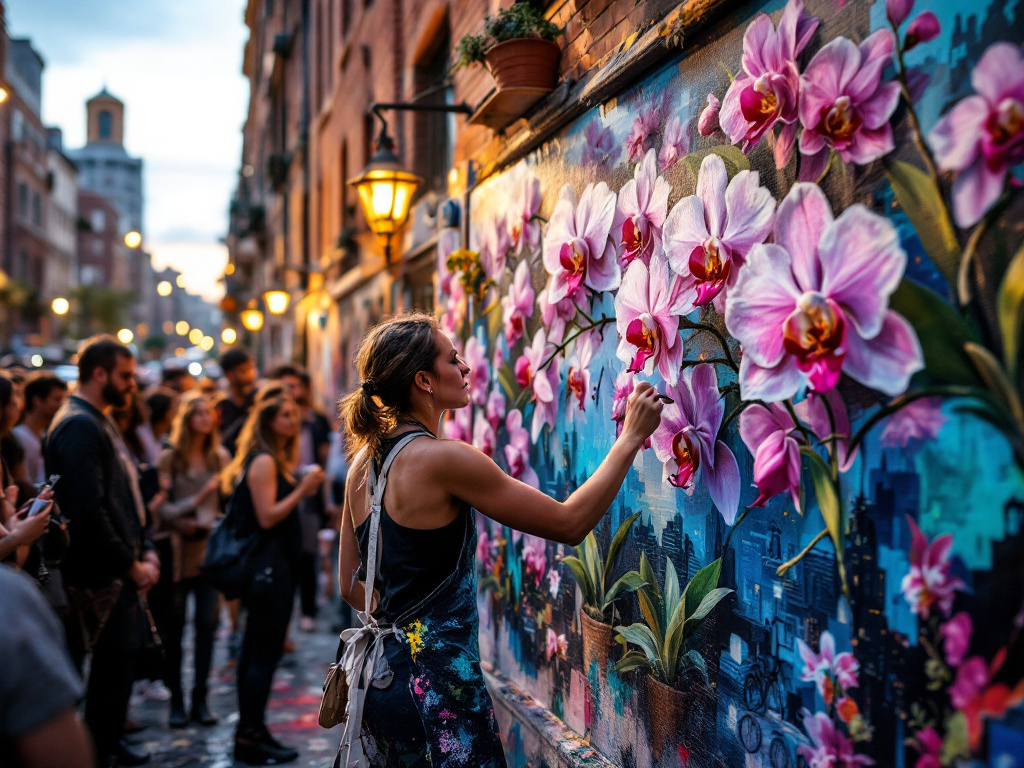
Moreover, the environmental significance of orchids cannot be overstated. Many species of orchids face threats due to habitat destruction and climate change, leading to increased conservation efforts worldwide. As a result, orchids have become powerful symbols for environmental awareness and biodiversity. Organizations and movements dedicated to the preservation of orchids often highlight their role in ecosystems, promoting the idea that caring for these flowers is tantamount to protecting our planet’s natural heritage.

The fashion and design industries have also embraced orchids, frequently featuring them in patterns, decor, and as motifs in various collections. This trend further cements the orchid’s status as an enduring symbol of beauty and elegance. Thus, the presence of orchids in contemporary life serves as a multifaceted representation of both personal expression and collective values related to nature and conservation.
